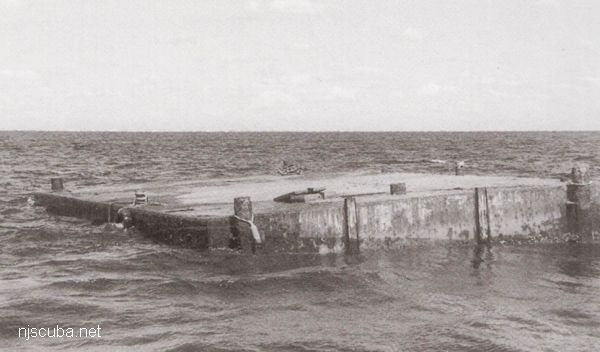"Higher animals" is a catch-all term for vertebrates other than fish. This is rather self-congratulatory, since the so-called "lower animals" - fishes and invertebrates - are actually the dominant species on the planet, both in numbers and diversity! The four classes of higher animals are:
- Amphibians - class Amphibia
- Reptiles - class Reptilia
- Birds - class Aves
- Mammals - class Mammalia
Of these, amphibians are absent from marine environments ( with one or two exceptions. )
More: Higher Animals ...


Questions or Inquiries?
Just want to say Hello? Sign the .